Previously, some buildings were built for centuries. Now even the tallest buildings in the world are being constructed in a year or two. Innovations in construction are advanced technologies, without which modern society cannot be imagined. All processes are improved and improved, and this did not bypass the scope of construction.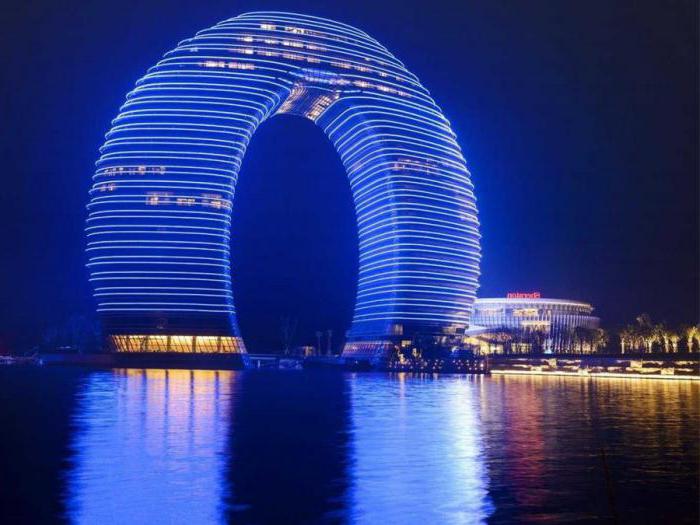
New roads
The most pressing issues in our country today are innovations in road construction. This was dedicated to the international forum held in Sochi in 2015. The participants discussed the problems and prospects of introducing new technologies in the road industry. Particular attention was paid to experimental methods that have not yet been tested in the Russian Federation and in the world.
At the same time, innovations in construction in Russia are being applied gradually. Already there are sections of tracks created by unconventional projects. About which technologies may become dominant in our country, and which have already been successfully implemented, we will discuss further.
Superpave
Literally Superpave means perfect road surface with excellent performance. Initially, this technology was applied to the construction of strategically important highways in America. Later, scientists realized that it was convenient to use for ordinary tracks.
A huge advantage of the technique is that the bitumen solution as the main component is prepared individually for the environmental conditions where the route will take place. A small mass of the solution is first subjected to many tests before laying it under the asphalt. The specificity of Superpave is that it will help to avoid the three most important problems: rutting, fatigue and thermal cracking.
In Russia, two road sections were identified on which perfect asphalt technologies were applied. The length of each is 1 km. The first section is located on the M-5 Ural highway at a distance of 45-46 km. And the second is the Moscow Big Ring in the direction of the Minsk Highway, the 25th kilometer. 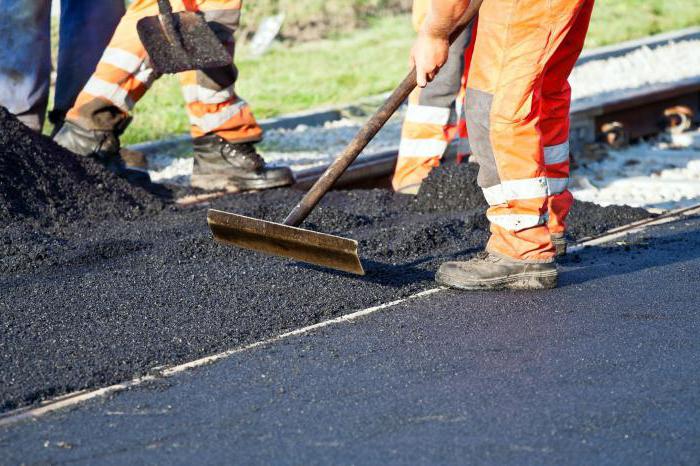
Cold recycling
Innovations in road construction involve finding new ways to form a coating using tried and tested options. The cold recycling method cannot be called so innovative. It has been used in the world for a long time. The main feature is that asphalt granulomas are not heated in the usual way, but rather are cooled.
On the one hand, this helps to save on the transportation of hot mixtures from the factory, and on the other hand, the cost of the emulsion base is quite high. But the undoubted advantage is that the cold recycling technique can be used in cold climates.
The considered method is very popular among road builders in our country. A huge plus is that it allows you to reuse the material of the old coating. Thus, the reconstruction of the canvas and rapid patching of the pits are carried out.
Soil reinforcement
One can endlessly cite examples of innovations in road construction. Consider another effective method. At first it was successfully implemented in America, then Europe became interested in it. Most often, the technology is used for laying roads within the boundaries of settlements and in those places where there is a serious lack of resources.
Strengthening the soil allows you to use the soil layer, which is located in the place of laying the canvas. Wet and marsh soils prevailing in Russia cannot be used with other technologies. Previously, they had to be completely removed and laid by other, drier and more stable breeds.Such innovations in the field of road construction can significantly save resources.
Chip Force and Slarry Force
Both methods are very similar in the composition of the used mass and the method of application. The main material is a mixture of crushed stone, bitumen emulsion and some other fillers. The most convenient thing is that the application of a new layer occurs on top of the old asphalt. This allows the reconstruction of road sections in the city and on roads with a large flow of cars.
A more advanced Microsurfacing technique is considered the foremost in the world of the road industry. Innovation lies in the fact that the mixture uses crushed stone of the highest quality, which we learned to produce relatively recently. And the second difference is the width of the layers. In Microsurfacing, it reaches twenty millimeters, which is a record for coverage, while “Slarry-forces” allows you to get a layer with a width of 15 mm. And this figure is directly related to depreciation. The larger the width, the longer the canvas will last.
"Chip-force" is a technology of fast patching of roads. A bitumen emulsion is poured onto the damaged area, covered with gravel and immediately passed by the roller. After that, the road is ready for use. Surely you met with the implementation of a similar method in your city. Despite the fact that it appeared in the country only a few years ago, it is used everywhere, saving money. Of course, the method has drawbacks, which are expressed in crushed stone scattered on the road and sidewalk, but at the same time, it helps to extend the life of the main asphalt. 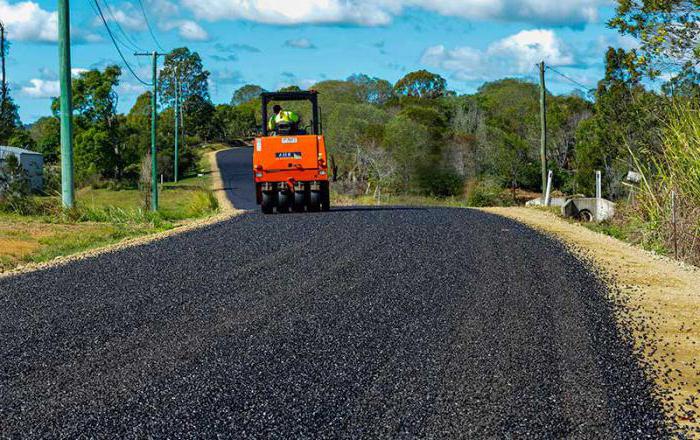
We build at home
We examined the scope of road construction. Nowadays, innovations in the construction of houses are also gaining popularity everywhere in the world. What engineers and architects do not come up with! The most interesting thing is that many buildings are ready to serve for centuries, although very few resources are spent on their construction, and sometimes they are molded even from waste. We offer to consider what innovations in construction prevail today.
3D Printed House
In the US regions, prone to frequent tornadoes, it is customary to build simple houses made of thin materials so as not to increase construction costs after each natural disaster. Residents of these cities will surely like the idea of Chinese engineers. At the world presentation, they presented a simple house printed on a 3D printer.
The new generation unit has a length of 150 meters and a height of 7 meters. It can be easily put on any platform. In record time - 24 hours - he will be able to build 10 frames with an area of 20 to 200 square meters. With such speed it is possible to build entire cities in a warm climate zone.
If it seems to you that this is fiction, we hasten to dissuade you. The main material is not paper and cardboard, but a rather strong mixture, which is based on cement, fiberglass and some other components. The main thing is low cost. According to experts, one small house will cost $ 4,800.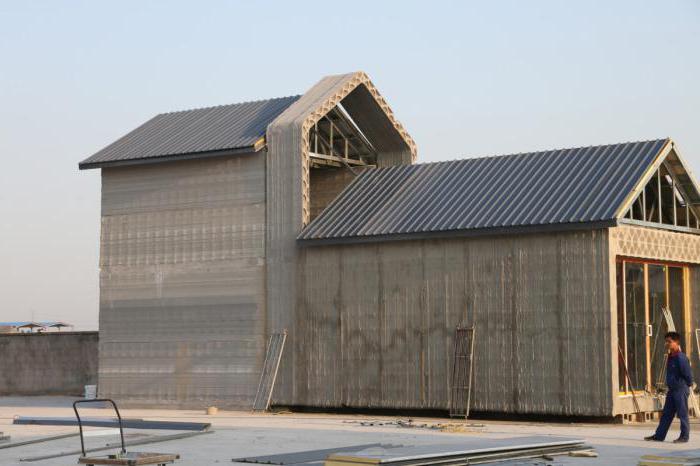
The role of innovation in construction
It is no secret that innovation is the path to the country's economic development and the welfare of the population. One thing is new technologies in industry, energy, and agriculture, but what role do they play in construction? If you think about this, you can draw several conclusions:
- Innovations in construction help companies to be competitive and maintain market leadership. The more orders, the higher the profit, which means even more investment in development.
- Innovative projects help customers save time and put the facility into operation faster.
- In addition, in a crisis and a constant lack of resources, new technologies can reduce the cost of the project and save consumables, which means money.
High speed construction
An excellent example of the successful implementation of innovations in the field of building construction is the Chinese company Broad Group.She managed to prove that in two weeks you can build a 30-storey building. This was the world record in the construction of high-rise buildings.
Intended area of 17 thousand square meters. meters to accommodate tourists and visitors. Ark Hotel is the fastest building complex in the world.
The secret of the Broad Group is pretty simple. In such record time they managed to build a high-rise building thanks to the highest accuracy in logistics, a large number of workers and skillful management. In addition, ready-made monolithic blocks were delivered from the factory to the site, which could only be put in place. For 15 days, workers completely erected all the floors, tiled inside and out, and even arranged furniture.
Cardboard house
Previously, cardboard houses were built exclusively for children for games, but now innovations in architecture and construction are amazing. A few years ago, fashion came to Japan to build partitions in houses of thin material. And what, the climate there is warm, frequent earthquakes do not allow building capital walls, and so they decided to protect themselves in this way. But architect Shigeru Ban went even further. He proposed the construction of entire capital structures from thick paper.
His first offspring are small temporary structures for victims of natural disasters. He assembled the walls from the tightly twisted cardboard tubes, and left the middle hollow. If you intertwine such pipes among themselves, then they represent a fairly strong base that can withstand the roof.
Shigeru Ban considers the temple in New Zealand the most outstanding creation. This is a huge house that can accommodate several thousand people. The triangular cardboard roof and stained-glass windows create an unusual impression, but the most striking thing is the scale, when you realize that this is all from ordinary cardboard.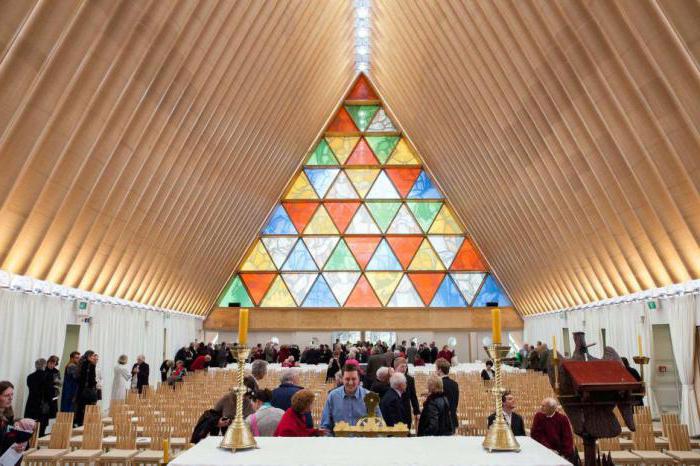
Container House
The habit of settling anywhere is from the USA. It was there that for the first time, ownerless freight containers began to be used. Later, this idea turned into advanced innovations in the field of construction. I especially liked the technology of the European Community. An unusual hotel was erected in London, capable of changing depending on the flow of tourists.
The building itself has six floors. But they are all assembled according to the principle of the designer and can easily be removed and moved. Thus, from a six-story building during the low tourist season, the hotel turns into a small two-story budget complex.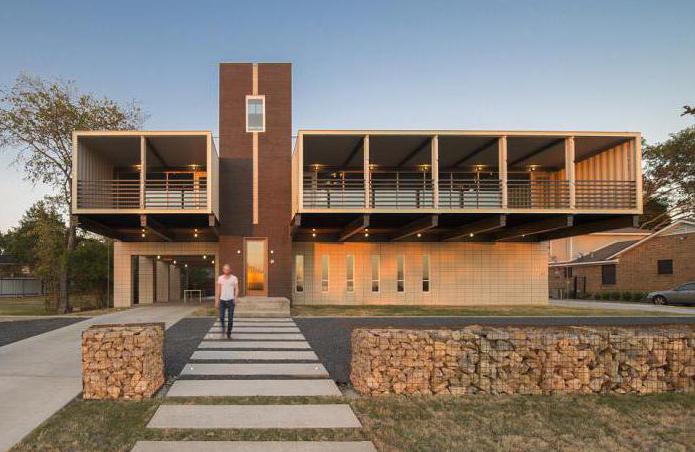
Current trends in Russia
Despite the fact that in recent years such large-scale projects as the Universiade in Kazan, the Olympic Games in Sochi, accompanied by grandiose buildings, have been implemented in the Russian Federation, the problems of innovation in construction are very large.
According to the Ministry of Construction and Housing and Communal Services, innovative ideas are present and successfully implemented in various industries. There are interesting projects that could be applied to modernize production capacities, develop energy efficiency and environmental safety of the largest enterprises.
At the same time, the following trend is observed throughout the country: the total volume of housing construction is increasing, but construction work is on the decline. Many cities located far from the central regions have long forgotten what a construction crane looks like. The reasons for the decline in work are many. This is a reduction in government spending on this area, and a significant increase in prices for the necessary materials, and the insufficient introduction of innovative technologies. Consider what problems impede the development and implementation of innovative ideas.
Problem number 1
Innovations in construction have their own specific barriers that prevent businesses from developing by leaps and bounds.The first, and perhaps the main one, is the lack of coordination between all actors involved in the formation and implementation of innovative ideas. This is a state, scientific institutes and directly an entrepreneur. There is no single focal point that could direct activities in a single direction. Yes, and from the side of the state there is no support in development, sometimes regulatory tools are too pressurized.
Problem number 2
The biggest discrepancy in the construction sector is that, on the one hand, constant costs for innovation are needed, and on the other, it is important to save. As you know, in a crisis, it is unlikely that anyone will buy an expensive house, even if they have their own solar panels installed on the roof. An entrepreneur is better at investing money in a better brick than will implement another innovative idea.








